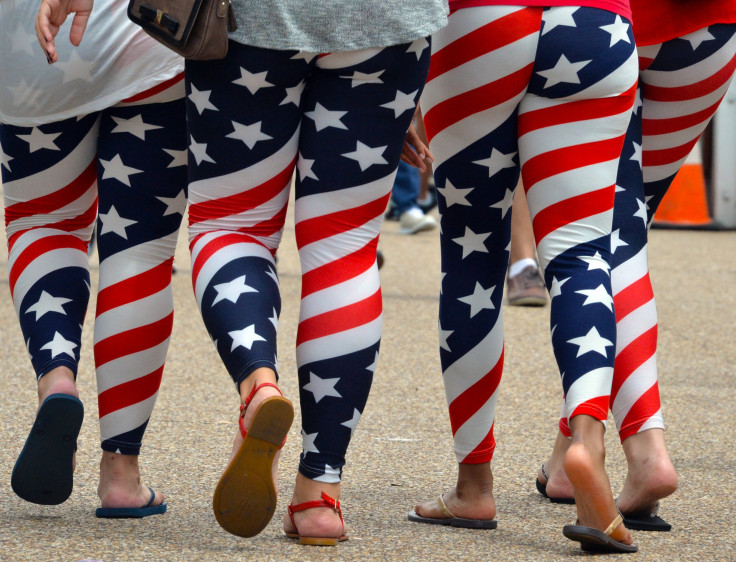July 4th Clothing Is Technically Against The Law: Federal Flag Code

Nike’s recall of its “Betsy Ross” American flag sneakers was a moment that reminded the huge market potential of flag-adorned merchandise and also the legal puzzles and risks involved in marketing and sale of flag-related designs.
On the one hand, there is a high demand for flag-adorned merchandise but flag code restricting flag-oriented designs and stuff in the market with caution on its use.
Nike halted the release of the Independence Day-themed shoe Air Max 1 Quick Strike sneakers with a 13-star flag linked to Philadelphia seamstress Betsy Ross.
The sneaker brand called off the distribution at the last minute after becoming receptive to concerns that it may offend sentiments and “detract the nation’s patriotic holiday” of 4 July.
According to The Wall Street Journal, the sneaker company was advised by former National Football League (NFL) player and activist Colin Kaepernick that the symbol was offensive as it was linked to an era of slavery.
But Nike defended the action saying it had to cancel the shoe launch because “it featured the old version of the American flag.”
The Nike episode reinforces why shoppers looking for Independence Day outfits need to know what the U.S. Flag Code disallows. It means carrying the U.S flag on clothes is technically illegal.
“Every item of apparel that they’re wearing that has an American flag on it: shirt, shorts, bikini, hat, technically violates the flag code,” reminds Marc Leepson, the author of Flag: An American Biography.
The stipulation around the federal flag code mandates that the flag should never be used for “advertising purposes in any manner whatsoever.”
The tough rule in the District of Columbia
In the District of Columbia specifically, printing, painting, attaching or making a representation of the flag on any “article of merchandise” for advertising constitutes an offense and will carry a fine of $100 or a jail term, not more than 30 days.
Leepson notes that the legal bar automatically restrains the use of the flag’s image on commercial items, including apparel.
Converting the material of a flag into the clothing of any kind is also an offense.
But so far there has been no harsh enforcing of the rule. That means no flag police is going to arrest. But Leepson underscores the need to follow the flag code and guidelines.
Flagging a fashion trend
Notwithstanding the pullback of the sneakers, Nike rightly sensed the pent up market demand for the flag-adorned shoe as part of the current fashion trend around classic apparel.
The new demand has more to do with the yearning for a timeless look that only classics can render.
“There’s a moment right now that we think is attributed to a return to classics,” said Rachel Bennett, a creative director at The Doneger Group.
“The flag was pretty popular in the 90s, and that’s a moment in time that’s being referenced often,” Rachel added.
Last week, market circles noted the big response to the unveiling of purple T-shirts with a flag across the front by Gap-owned Old Navy.
© Copyright IBTimes 2025. All rights reserved.





















